
It would be remiss not to arm the reader with colony fragmentation and culture skills where optimal pruning enhances vigor. Ramet means clone yet contextually it is a culture-ready fragment that is genotypically homologous with the maternal colony. Tinsnips or longnose pliers are used to segment branches, whereas plating colonies are fragmented using a rotary tool fitted with a cutting wheel or broken into squares using two pairs of pliers. There are no less destructive methodologies. These corals respond to firm, swift, decisive snaps.
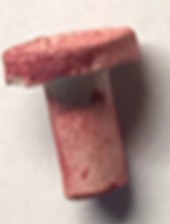
Fig 1. A typical “frag” plug available from reef outlets.
One width to two to three of height is hydrodynamically favorable because it not only limits branching fragments to an optimal length, but it also tends to curtail basal detachment (Shafir & Rinkevich 2013, cited in Barton et al. 2015). Remove no more than 10 percent from each branch with an axial growing tip because shortening Acropora cervicornis’s by no more than 3.5 centimeters stimulated healing, growth, and vitality, where truncating more may lead to colony demise (Lirman et al. 2010).
- Fig 2. Left – sausages of two-part reef epoxy.
- Right – both parts kneaded dry until a uniform colour.
Fragments are usually embedded in two-part reef epoxy; however, we must take precautions insofar as uncured epoxies liberate the polychlorinated phenolic toxin, bisphenol A (Delbeek & Sprung 2005; Pyrek 2016; Vitku et al. 2016) that commences to eliminate cross-sections of aquatic ecosystems below 2 mg l-1 (ppm) after 96 hours (Alexander et al. 1998), while most epoxies take up to 48 hours to cure (Calfo 2002). Manipulating them underwater releases copious amounts of fine “dust” which diminishes dissolved oxygen (DO), pH, and oxidation-reduction potential (ORP) which has led to widespread mortalities (Calfo 2002; Daub 2014).
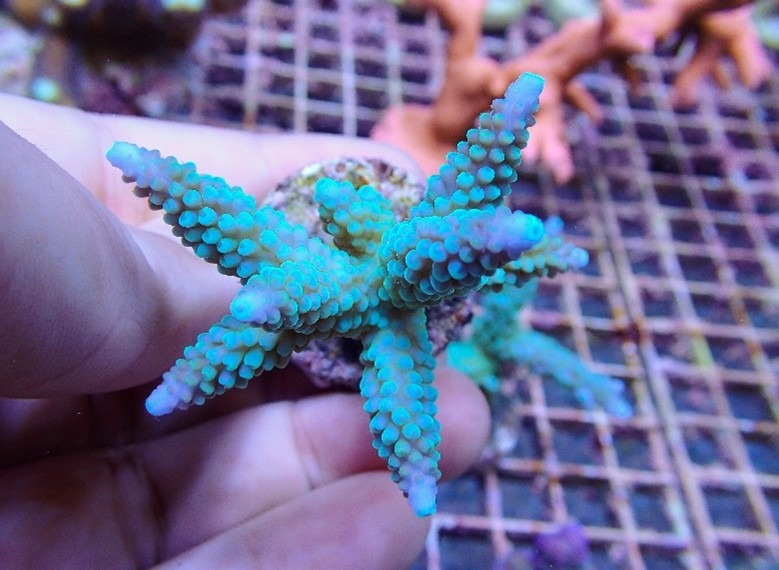
Fig 3. A “frag” plug-mounted propagule.
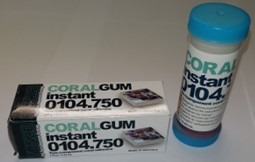
Fig 4. Instant coral gum by Tunze® is a safer fast curing two-part reef epoxy.
Equal-sized sausages of reef putty are manipulated dry wearing disposable gloves (Fig 2.). “Frags” are embedded out of water in a layer spread over the end of a plug, then submerged in a separate aerated saltwater vessel floated in your warm salt- or fresh-water reservoirs. Several water changes are advised throughout the cure, and you need not consider coral aggression when mounting several fragments from the same colony. However, keep “frags” some distance apart or separate them with rolled up polypropylene strips cut from a milk or ice cream container secured with an elastic band when mounting propagules from distinct colonies. Tunze® instant coral gum releases less “dust” and cures rapidly which may be a better choice (Fig 4.; Bulk Reef Supplies 2017) but it is advised that you observe the same safety precautions yet ramets are returned to the system much sooner.
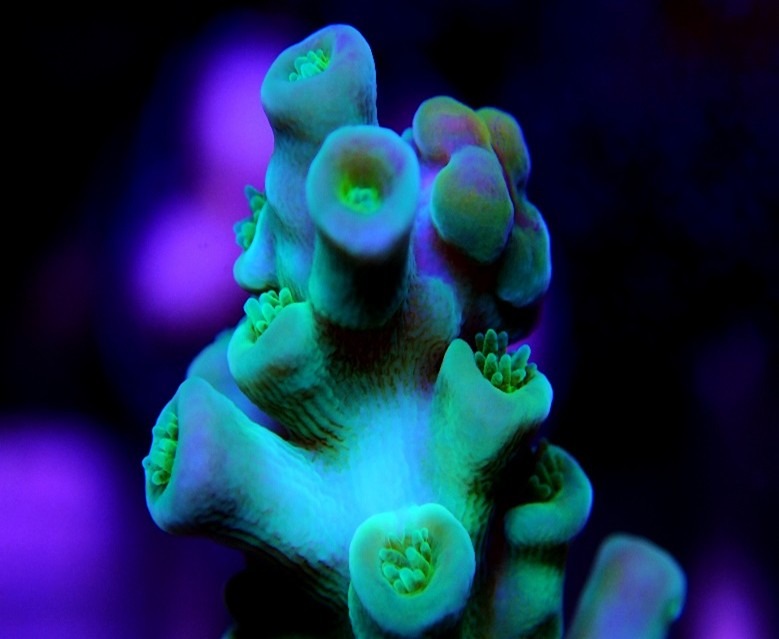
Super glue has been used to stick “frags” to plugs with moderate success where both surfaces must be partially dried with a paper towel, a little glue is applied to one, and both are held together for 10 seconds. Submerge in a separate vessel to harden because uncured superglues are toxic (Daub 2014; Monchil 2018). Wear gloves because cyanoacrylate is more proficient at sticking skin and rubber than anything else, where bits of disposable gloves end up stuck to plugs (Sterling 2020). These adhesives release toxic fumes so do not expose your eyes and skin to vapor. They crosslink and polymerize within 45 seconds while water is an accelerant that turns them white (Daub 2014; Monchil 2018).

If your system is oligotrophic, toxin-free, cool, with optimal degas, a dKH of 11, and strong irradiance, then fragments will recuperate within seven days. Nevertheless, coral immunity upregulates fluorescent proteins during healing which suggest that ultraviolet light may be harmful to nascent tissues so position them deeper for seven to 10 days (van de Water et al. 2015). The bases of newly embedded propagules commence to generate a thin layer of polyp-bearing epidermis that rapidly spreads onto the epoxy and only then are they fit for sale (Fig 5.).
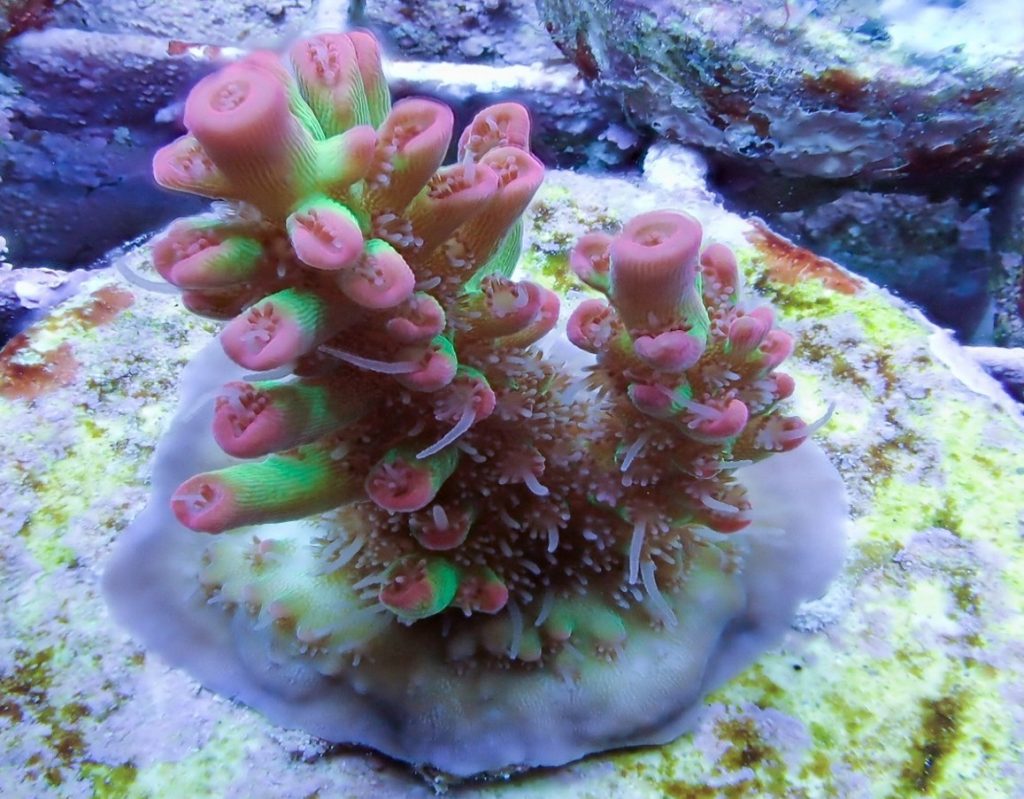
Fig 5. A healed “frag” plug-mounted ramet.
The Four Seasons luxury hotel group commission the marine consultancy Reefscapers to undertake conservation initiatives at their resorts on the Maldivian atolls southwest of Sri Lanka, where they form the cooperative Marine Savers (Dixon, personal communication). Computer simulations indicate that a significant particulate organic matter (POM)-distributing tidal downwelling purifies wild reefs (Soetaert et al. 2016) while atolls are surrounded by ultrapure oligotrophic deep ocean that instigates detritus-eliminating cross-channel flushing (Kraines et al. 1999) which is ideal for hermatypic culture. Purging detritus is thus important for captive reefs while Marine Saver’s propagation frames remain exemplary (Figs 6., 7., & 9.).
Avoid the cyanoacrylate accelerant Insta-SetTM because it is 98 percent naphtha which is a petroleum derivative comprising toxic benzene, cyclohexane, ethylbenzene, N-hexane, pentane, sulphur, 1,2,4-trimethylbenzene, toluene, xylene, and heptane. Naphtha’s safety data sheet states: “toxicity to fish; acute and prolonged toxicity for aquatic invertebrates, and toxicity to algae” (Naphtha 2011).
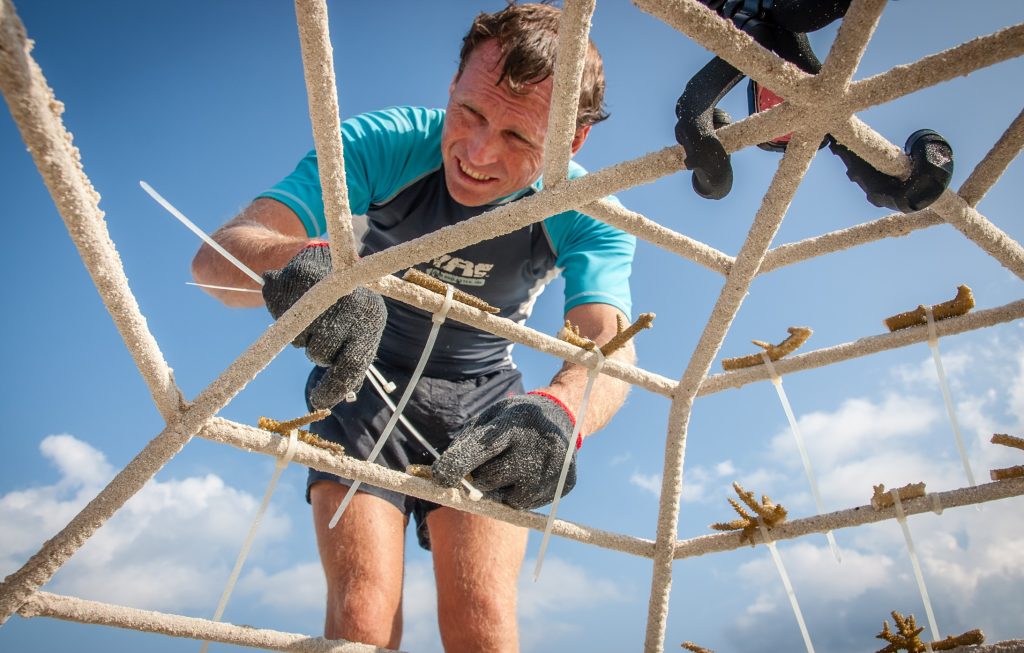
Fig 6. A cultivation frame made locally in the Maldives. Ramets are storm-generated so no colonies are pruned, where survivorship appears uninfluenced by orientation because they are mounted sideways with cable ties. Nevertheless, most include axial growing tips. Image courtesy of Reefscapers.com ©.
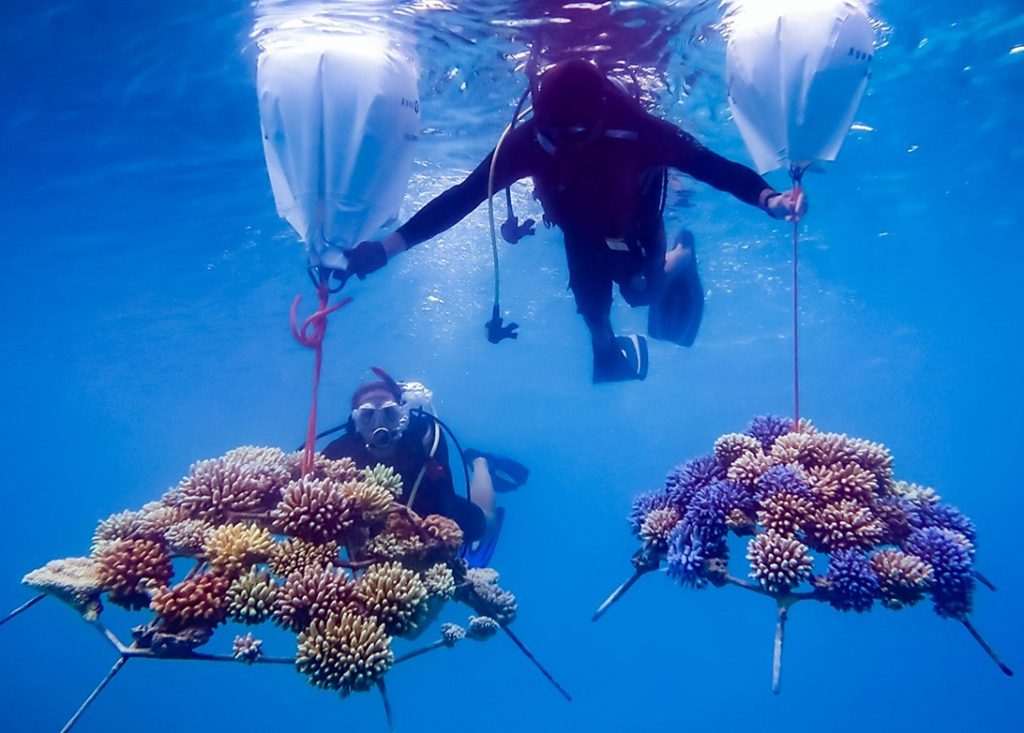
Fig 7. Relocation of two-year-old gardens to an atoll lacking coral cover. Image courtesy of Reefscapers.com ©.
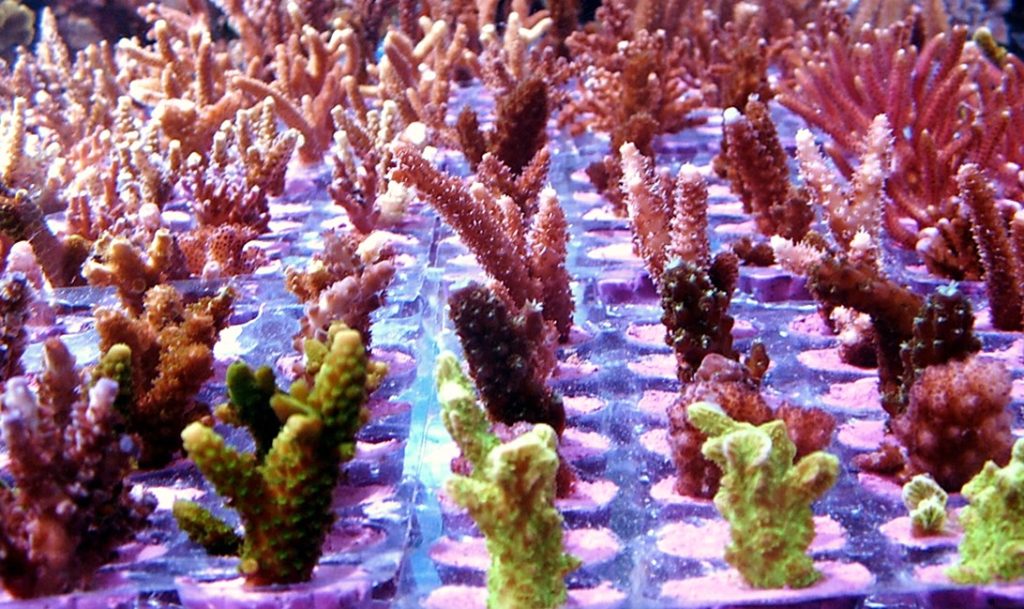
Fig 8. Newly mounted “frags” at the Reef RanchTM © 2006, embedded in the reef putty-filled wells of plastic pharmaceutical pill blisters.
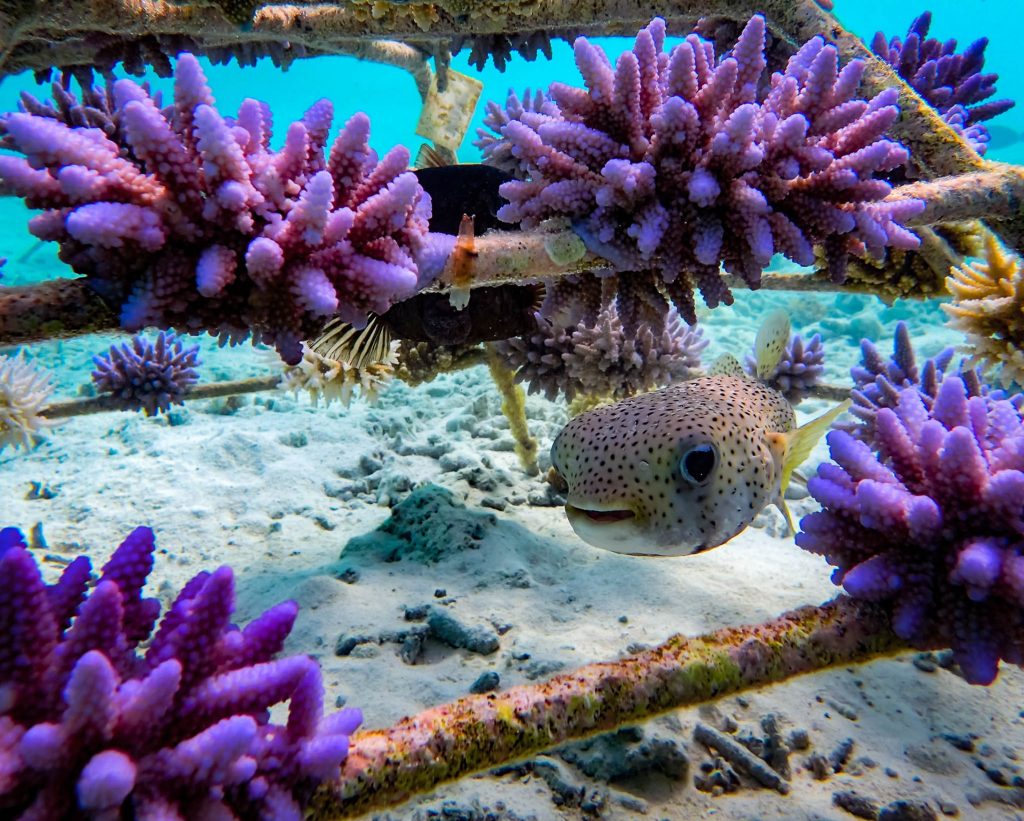
Fig 9. Coral propagation frames attract all kinds of wildlife. Image courtesy of Reefscapers.com ©.
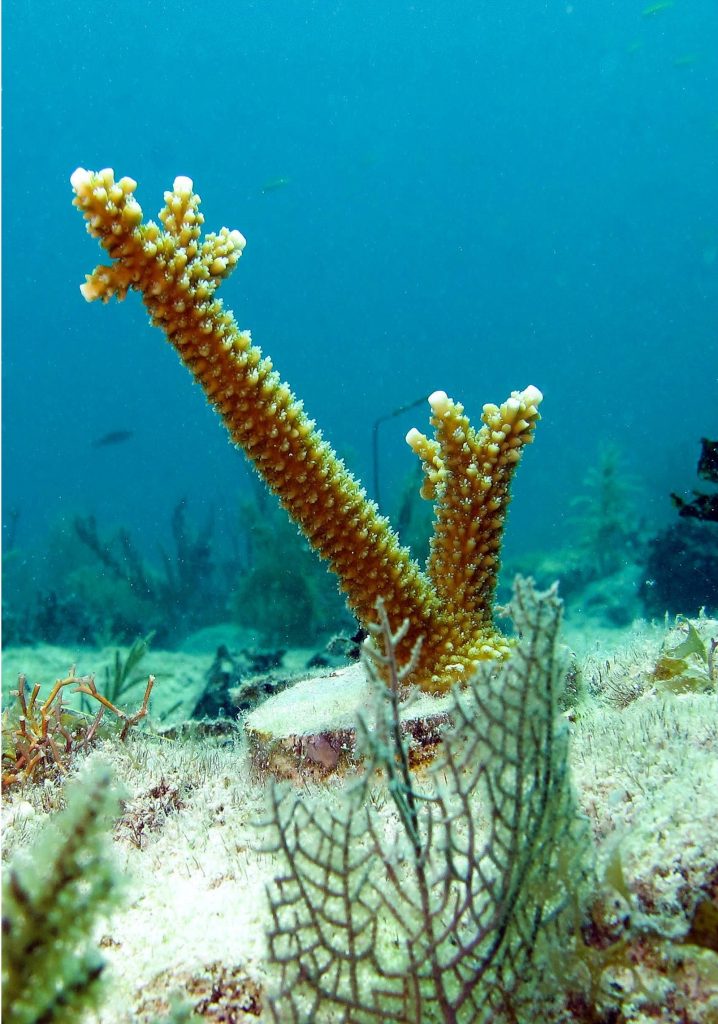
Fig 10. A ramet of Acropora cervicornis outplanted in situ on a wild Floridian reef. Image courtesy of The Florida Fish and Wildlife Commission ©.
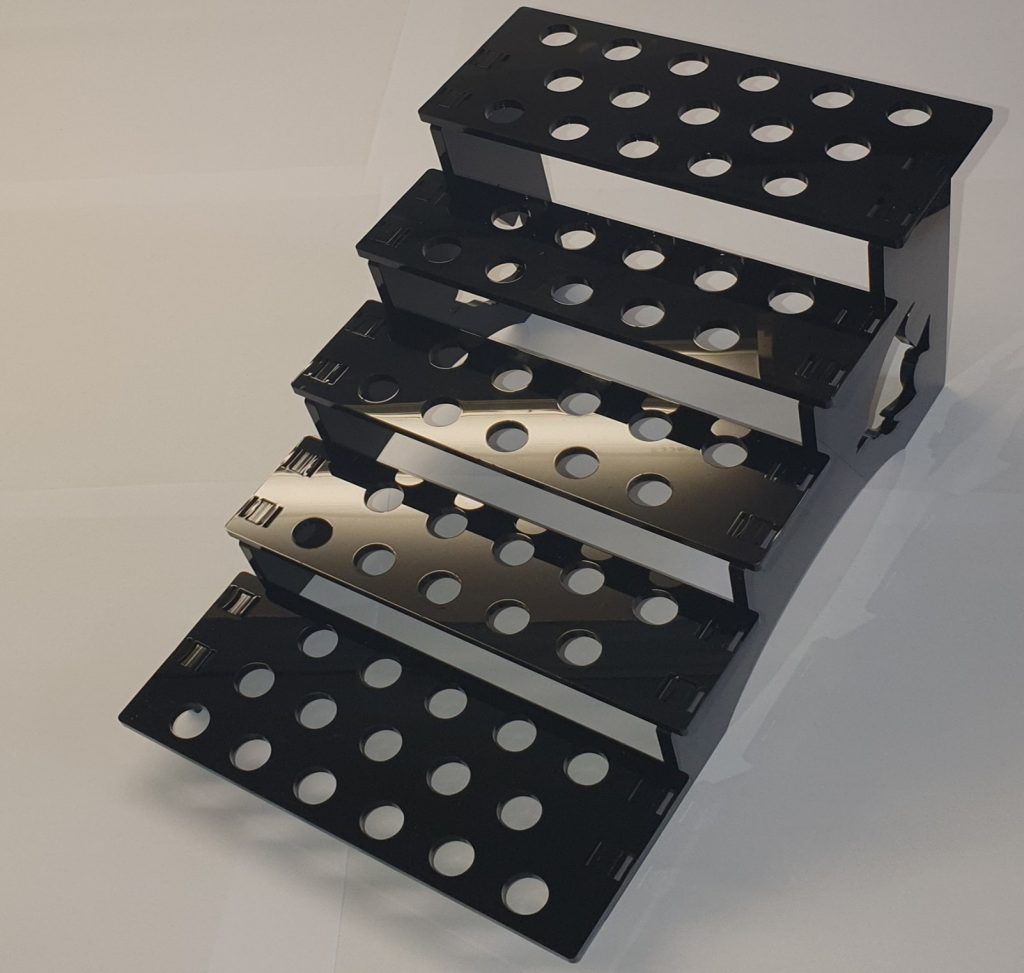
Fig 11. A five-tier Marine Perfect nano “frag” rack exemplifying the blueprint to which all reef racks adhere, while safe DIY constructs are made from eggcrate and zip ties. Avoid using water-entrapping pipework.
- Fig 12. Left – a porcelain disc-mounted ramet.
- Right – pruning of wild Acropora cervicornis. Image courtesy of The Florida Fish and Wildlife Commission ©.
Wild SPS corals have become inundated with a diverse gamut of ectoparasites of late, while modern prophylactics perturb the mucosal microbiome which leaves many vulnerable and dissociates vital janitors.
Next we identify and discuss nuisance organisms, their ecology, and preventative measures and ameliorating strategies.
References
Alexander, H., Dill, D., Smith, L., Guiney, P. & Dorn, P. (1998) Bisphenol a: Acute aquatic toxicity. Environmental Toxicology & Chemistry. 7(1), 19-26.
Barton, J., Willis, B. & Hutson, K. (2015) Coral propagation: a review of techniques for ornamental trade and reef restoration. Reviews in Aquaculture. 9(3), 238-256.
Bulk Reef Supplies (2017) Tunze® Instant coral Gum. BulkReefSupplies.com. https://www.bulkreefsupply.com/tunze-coral-gum-instant.html
Calfo, A. (2002) Securing Propagated Corals: Methods of Fixing Live Corals to Hard Substrates. ReefKeeping.com. http://reefkeeping.com/issues/2002-10/ac/feature/index.php
Daub, E. (2014) More Decoration DIY: Materials and Aquarium Suitability. That Fish Blog. ThatPetPlace.com. http://blogs.thatpetplace.com/thatfishblog/2014/12/23/decoration-diy-materials-aquarium-suitability/#.X5gDk3n7Tb0
Delbeek, J., C. & Sprung, J. (2005) The Reef Aquarium: Science, Art, and Technology. Two Little Fishes Inc., d.b.a. Ricordea Publishing, 1007 Park Centre Blvd., Miami Gardens, Florida 33169, USA. p 452.
Dixon, S. (2021) Marine Discovery Centre Manager, Four Seasons Resort Maldives at Landaa Giraavaru, marinesavers.com; fourseasons.com/maldives. Baa Atoll – a UNESCO Biosphere Reserve, Republic of Maldives.
Kraines, S., Suzuki, A., Yanagi, T., Isobe, M., Guo, X. & Komiyama, H. (1999) Rapid water exchange between the lagoon and the open ocean at Majuro Atoll due to wind, waves, and tide. Journal of Geophysical Research. 1041, 15635-15654.
Lirman, D., Thyberg, T., Herlan, J., Hill, C., Young-Lahiff, C., Schopmeyer, S., Huntington, B., Santos, R., O. & Drury, C. (2010) Propagation of the threatened staghorn coral Acropora cervicornis: Methods to minimise the impacts of fragment collection and maximise production. Coral Reefs. 29, 729-735.
Monchil, (2018) Is the Common Super Glue Safe for Use in Aquariums? AquaAnswers.com. https://aquanswers.com/super-glue-safe-for-aquariums-common/#:~:text=Super%20glue%20is%20safe%20for,in%2030%20to%2045%20seconds
Pyrek, C. (2016). Plastic Paradise: The Great Pacific Garbage Patch (review). The Contemporary Pacific. 28(1), 268-270.
Shafir, S. & Rinkevich, B. (2013) Mariculture of coral colonies for the public aquarium sector. Leewis, R., J. & Janse, M. (eds) Advances in Coral Husbandry in Public Aquariums. Burgers’ Zoo, Arnhem, Netherlands. 2, 315-318.
Soetaert, K., Mohn, C., Rengstorf, A., Grehan, A. & van Oevelen, D. (2016) Ecosystem engineering creates a direct nutritional link between 600-m deep cold-water coral mounds and surface productivity. Scientific Reports. 6,.
Sterling, I. (2020) The Best Underwater Super Glue (Aquarium Safe). FishLab.com. https://fishlab.com/aquarium-glue/
van de Water, J., Melkonian, R., Junca, H., Voolstra, C., Reynaud, S., Allemand, D. & Ferrier-Pagès, C. (2016) Spirochaetes dominate the microbial community associated with the red coral Corallium rubrum on a broad geographic scale. Scientific Reports. 6,.
Vitku, J., Heracek, J., Sosvorova, L., Hampl, R., Chlupacova, T., Hill, M., Sobotka, V., Bicikova, M. & Starka, L. (2016) Associations of bisphenol A and polychlorinated biphenyls with spermatogenesis and steroidogenesis in two biological fluids from men attending an infertility clinic. EnvironmenInternational. 89, 166-173.
To learn more, visit the ReefRanch website.
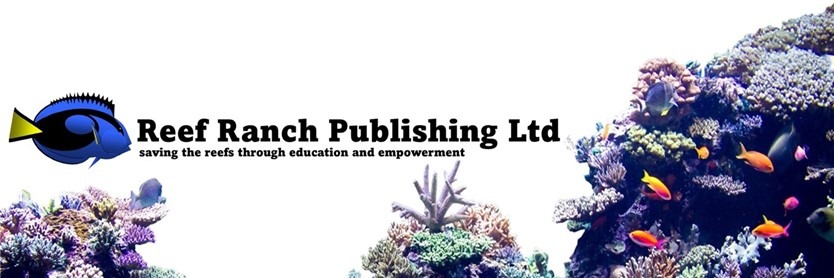

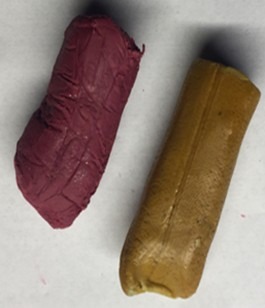
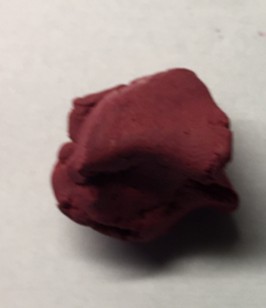
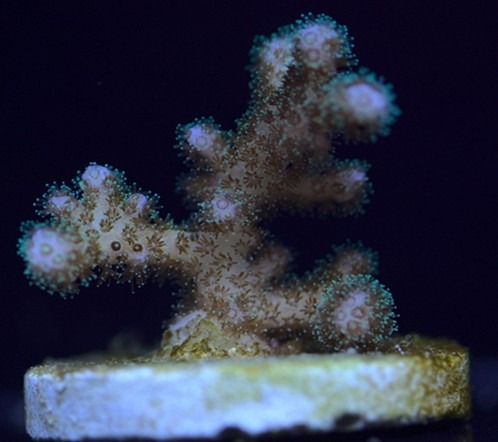
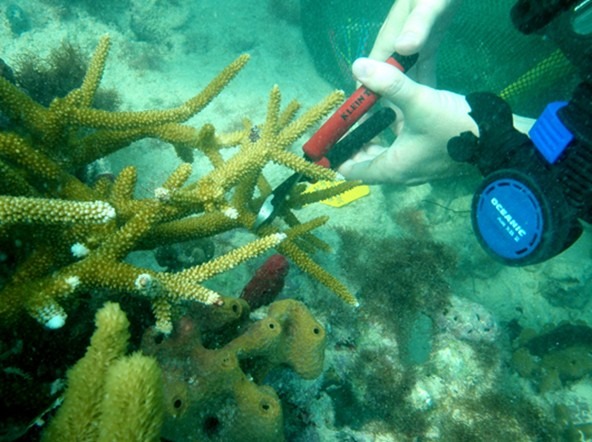
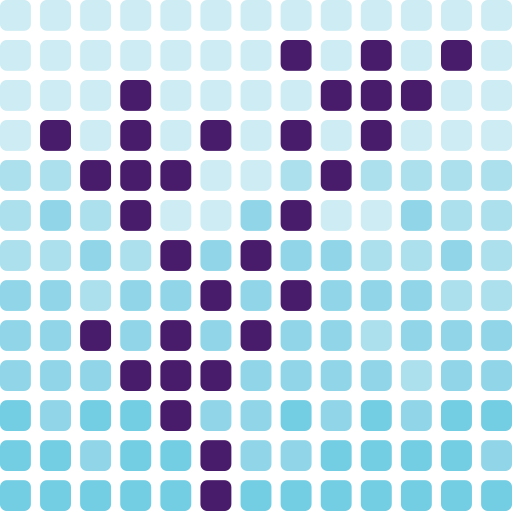
0 Comments